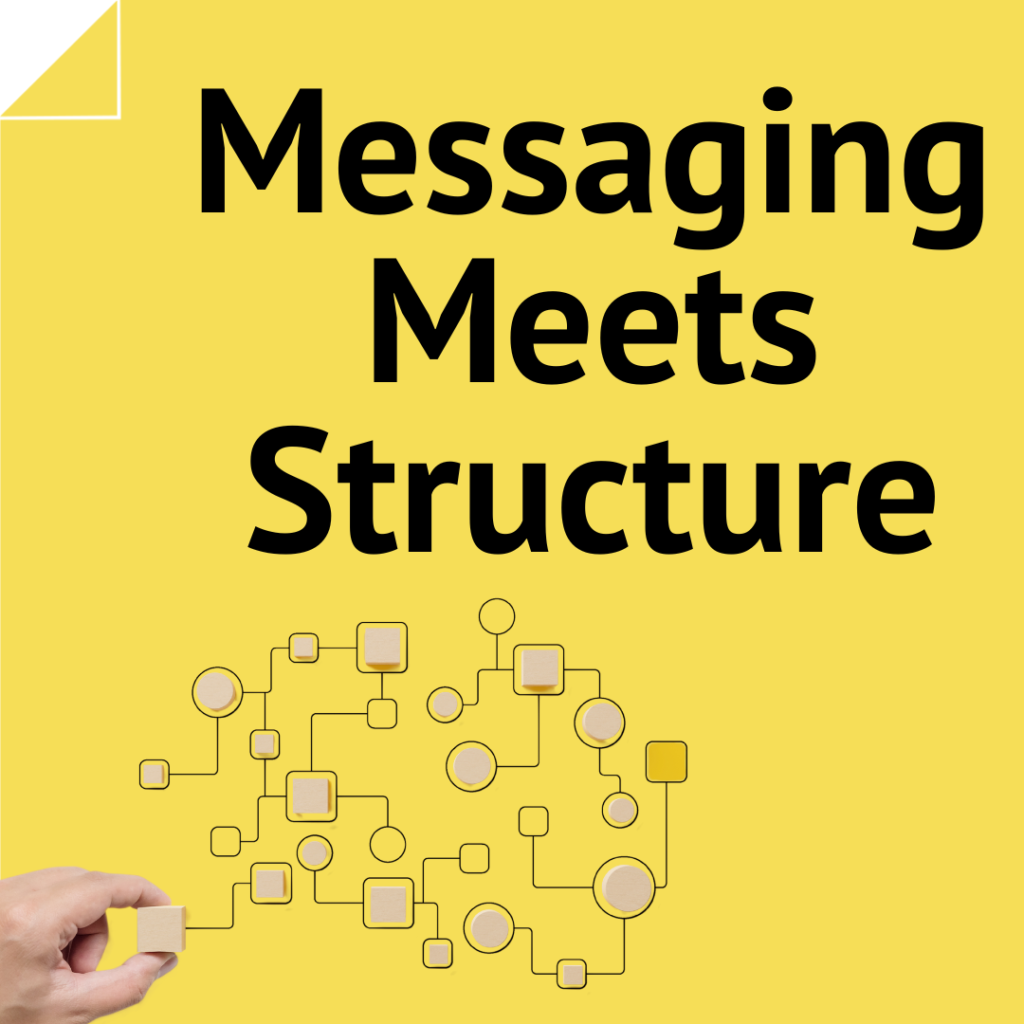Blog
4 Simple Copywriting Frameworks to Move the Needle
Copywriting within the direct-to-consumer world is always trying to move the potential buyer in one direction—towards a measurable conversion. Traditionally, we think of this as influencing a sale, though there could be other preliminary steps in the sales funnel. [Editor’s Note: It really is all about the SALE!]
Regardless of your end goal, there are several popular (and effective) copywriting frameworks that you can use to help create compelling and effective messaging.
And to ultimately help close the sale.

IT’S ALL ABOUT THE ACRONYMS
AIDA
Arguably the most popular (and most taught) copywriting framework is AIDA, which is an acronym for: Attention, Interest, Desire, and Action. You can use this framework to create copy that grabs the reader’s attention at the onset, piques their interest, creates a desire for the product or service, and ultimately prompts them to take action. Your goal of AIDA is to take the reader on a journey through these stages, leading them to make a purchase (or take some other desired action); all while aligning their needs and desires with your product’s. This is the foundation of most direct-response sales pages.
PAS
Another popular copywriting framework is PAS, which stands for Problem, Agitate, Solve. Use this framework to identify the customer’s problem, create a sense of urgency around that problem, and then provide a solution in the form of the product or service being offered. This framework is particularly effective for selling products or services that solve a specific problem or meet a particular need. Another feature of the PAS framework is the flexibility to help your customer self-select as part of your “family”. We like our problems solved. Even better when it’s in the company of friends.
FAB
The FAB framework (Features, Advantages and Benefits) is another popular copywriting method that you can use to break down the product’s features and explain how they translate into advantages and ultimately benefits for your customer. This framework is effective for showcasing the product’s unique selling points (vs. the competition) and helping customers understand how your product will improve their lives. Word of caution: product pages tend to lean heavily on this framework and become generic lists of features and benefits. The magic happens when you can help your customer visualize “how” the benefits are real for their situation. Bonus points if you can weave a story throughout.
USP
Finally, the USP (Unique Selling Proposition) framework is a simple yet powerful copywriting framework which focuses on identifying and communicating the unique value that a product or service offers to its customers. You can use this framework to highlight what makes your product or service different from your competitors; and why the customer should choose it over other options.
IT’S NEVER A ZERO SUM GAME
It’s important to note that these frameworks are not mutually exclusive and you can use a combination of them to craft your compelling message. The key is to understand the customer’s needs and pain points, and to communicate how your product or service can solve those problems in a clear and persuasive way.
In the end, frameworks are your starting point—persuasive ecommerce copywriting relies on understanding your customer and addressing their concerns.



